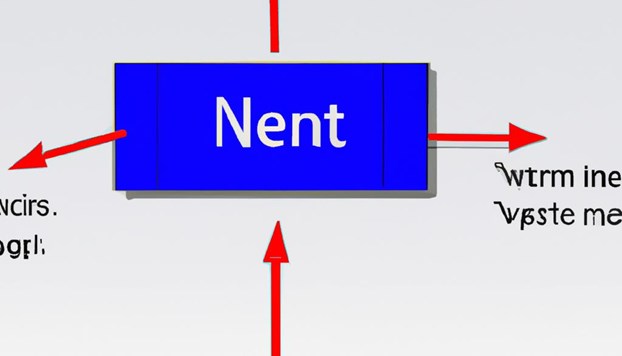![]()

```html
Understanding Net Open Position in Banks
In the complex world of banking and finance, the term Net Open Position (NOP) frequently surfaces, especially in discussions about risk management and currency trading. But what exactly does it mean, and why is it crucial for banks? In this article, we will delve deep into the concept of net open position in banks, exploring its significance and implications.
What is Net Open Position in Banks?
The net open position in banks refers to the difference between a bank's total assets and liabilities in foreign currencies. It represents the bank’s exposure to currency risk, stemming from fluctuations in exchange rates. This position can be either positive or negative, indicating whether the bank stands to gain or lose from movements in currency values.
Importance of Managing Net Open Position
Managing the net open position is crucial for banks due to several reasons:
- Risk Management: A balanced net open position helps banks mitigate risks associated with adverse currency movements.
- Regulatory Compliance: Many regulatory bodies have specific requirements for banks to maintain certain net open position limits.
- Profit Optimization: By strategically managing these positions, banks can capitalize on favorable currency movements to enhance profitability.
How Banks Calculate Net Open Position
The calculation of the net open position involves determining the difference between the bank's total foreign currency assets and liabilities. This can be broken down into:
- Gross Open Position: The sum of all long and short positions in a particular currency.
- Net Open Position: The difference between the gross long and short positions.
A positive net open position indicates a surplus of assets over liabilities, while a negative position suggests the opposite.
Strategies for Managing Net Open Position
Banks employ various strategies to manage their net open positions effectively. Some of these strategies include:
- Currency Hedging: Using financial instruments like forwards, futures, and options to offset potential losses due to currency fluctuations.
- Diversification: Spreading exposure across multiple currencies to reduce risk concentration.
- Regular Monitoring: Continuously tracking currency positions to make timely adjustments as market conditions change.
Regulatory Aspects of Net Open Position
Regulatory authorities often impose limits on the net open position that banks can hold to ensure financial stability and prevent excessive risk-taking. These regulations are designed to protect both the banking institution and the broader financial system. Banks must regularly report their net open positions to regulators and ensure compliance with these requirements.
Challenges in Managing Net Open Position
Despite the strategies and regulations in place, managing net open position in banks presents several challenges:
- Volatility: Currency markets can be highly volatile, making it difficult to predict and manage risks effectively.
- Complexity: The multitude of currencies and financial instruments involved can complicate position management.
- Regulatory Changes: Evolving regulations require banks to continuously adapt their risk management strategies.
Conclusion
In conclusion, understanding and managing the net open position in banks is a critical aspect of financial risk management. It requires a balance between exploiting opportunities and safeguarding against potential risks. By implementing effective strategies and adhering to regulatory requirements, banks can navigate the complexities of currency trading and maintain financial stability.
```